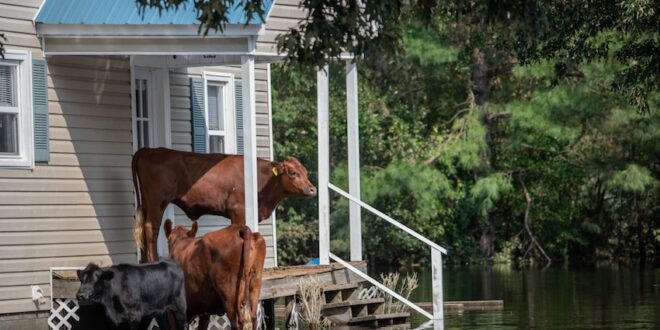How do you feel about living in a flood plain? How do you feel about your rates being used to maintain community assets such as roads, drinking and stormwater systems plus sewage in areas fully expected to flood?
For around 675,000 of us, about one in seven Kiwis, this is already an unfortunate reality and involves more than $100 billion in property. It’s the result of many decades of building, often without the foresight of what we know now about our changing climate and our resultant experience over the last decade or so of extreme weather events becoming both more frequent and severe.
We, as householders and ratepayers, are already facing the challenge of living with this. All too often, we see the pictures of flooded communities rallying around to stay safe and clean up. A growing number of us are being caught up directly in such events.
Insurance is there for homeowners to help put things right, but it’s focus is on material loss and damage, and can’t really compensate for the stress and anguish of having to deal with a flooded house and potential evacuation. Nor does it cover what typically can’t be insured, such as loss of land, damage to the environment and the general impact on communities with a heightened sense of living in danger.
Then there’s the cost we all bear as rate and taxpayers, to run the Civil Defence response, to clean up the slips and to fix our roads and other infrastructure. You would think those making decisions around where to build new homes and communities would have no interest in making matters worse, yet we continue to see consents being granted in places clearly at risk of flooding.
The argument goes that developers, and their lawyers, know the law and have deeper pockets than consenting councils who might otherwise turn them down. The development then gets built and sold on to many individual homeowners and their mortgage lenders. The associated infrastructure, such as local roads and water system, often funded at least in part by the developer, then becomes the responsibility of all rate payers to maintain, including fixing it up after a flood.
You may think all will be well until the flood comes. But problems arise much sooner than that. Insurance is arranged a year at a time. Mortgages can last for decades. Even if somebody is only in a home for a few years, moving typically requires somebody taking out a new mortgage to buy it. And all mortgages are conditional on insurance being in place. If insurance becomes a problem over the expected life of the home, which should be considered as being at least 50 years, then getting a mortgage will become a problem. And if that’s a problem, the consequences for the value of that home are obvious.
If you live in a flood plain today, where there is a one in 100 chance of a flood each year, you have close to a 30% chance of being flooded during the period of your mortgage. Add in climate change, which will increase the frequency and intensity of extreme weather events, then it might happen more often.
Insurers will always try to be there, but cover only exists within an envelope where the cost to both the insured and the insurer remain tolerable. If a house is built, especially a new house, on a known flood plain, is it reasonable, in the absence of comprehensive flood defences, to expect insurance and mortgages to remain both widely available and relatively affordable over the medium to long term?
We really do need to stop building in dumb places. Central Government must move with urgency to give local councils the power they need to turn down consents in high hazard areas. Some argue local government has this power now. If so, they need to exercise it. If they don’t, they are just creating liabilities for the people who end up living there, plus all local ratepayers who will then be on the hook, for decades, to put right the damage to all the infrastructure that goes with them.










Join the Discussion
Type out your comment here:
You must be logged in to post a comment.